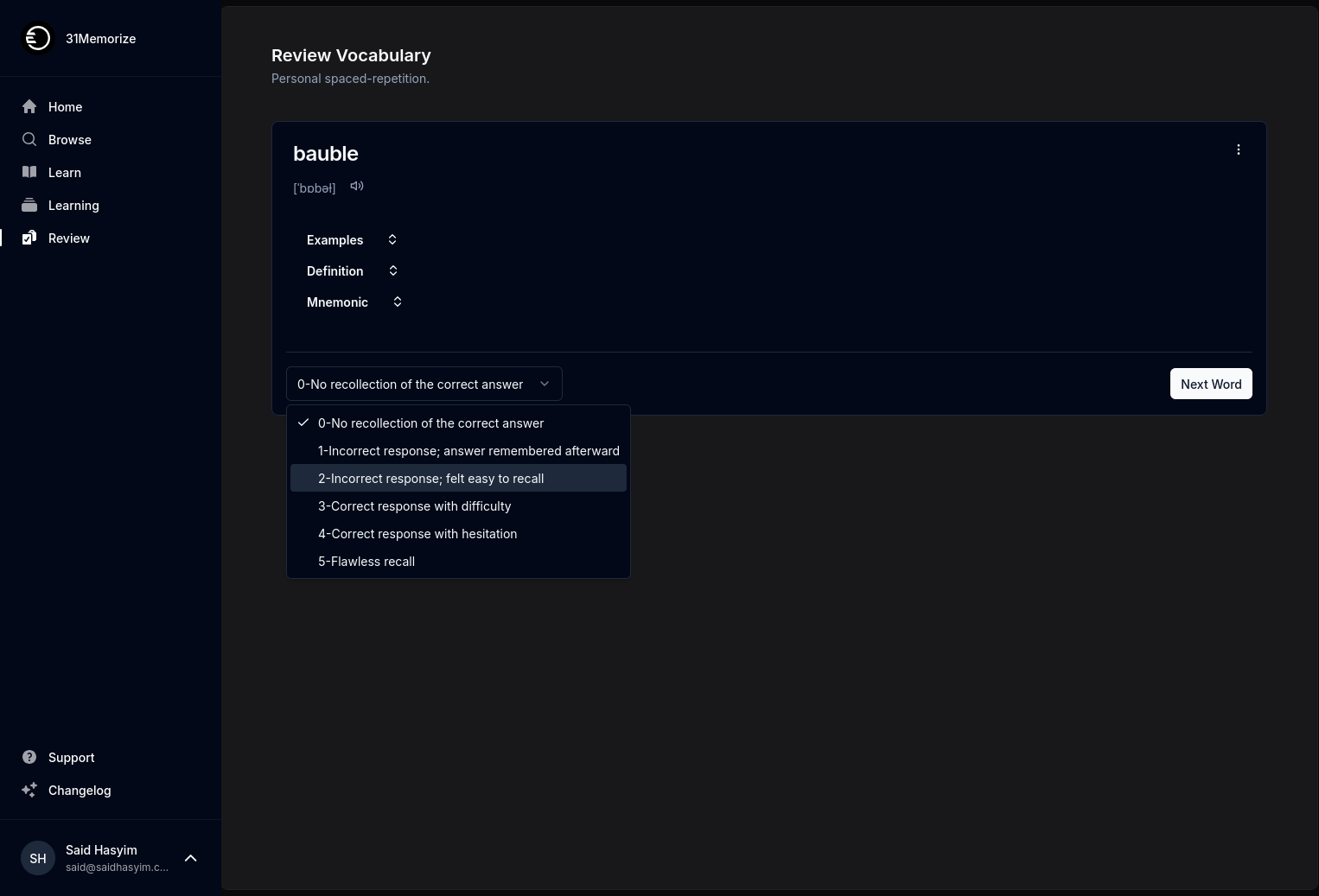Effectively Making Use of Book Rating Trends
Book ratings have become a crucial element in the literary landscape. With numerous online platforms facilitating reader reviews and ratings, it has never been easier for readers to find the next book that fits their preferences. However, while readers often glance at book ratings, understanding how to effectively utilize book rating trends can significantly enhance your reading experience and broaden your literary horizons. In this post, we will explore how to interpret book ratings, why they matter, and how to incorporate these trends into your reading habits.
Understanding Book Ratings
Book ratings are numerical or star-based representations of a book's quality as perceived by readers. Typically, these ratings are based on individual reviews and can vary significantly from one platform to another. Here are some key points to consider:
Scale of Ratings: Most rating systems operate on a scale, usually 1 to 5 stars. A 5-star book indicates high praise, while a 1-star rating signifies disappointment. Being aware of these scales and how specific platforms weigh their ratings can affect your interpretation.
Volume of Ratings: A book with very few reviews may not provide an accurate representation of its quality, whereas a book with several hundred ratings might be more reliable.
Reviewer Credibility: Consider the credibility of reviewers. Some platforms feature verified readers, while others enable anyone to leave a review. A critique from a seasoned reader or a literary expert may hold more weight than that of an occasional reader.
The Importance of Book Rating Trends
Book rating trends can offer valuable insights into popular literary movements, emerging authors, and classic titles that remain beloved over time. Here's why they matter:
1. Discovering New Books
Trending ratings can help you discover new titles that might not have been on your radar. By assessing what books are currently receiving high ratings, you can find hidden gems that could enrich your reading list.
2. Identifying Patterns
Rating trends can reveal what genres or themes are resonating with readers at any given time. For example, if you notice a surge in fantasy novels receiving high ratings, that may signal a contemporary interest in that genre.
3. Follower Trends
Understanding which books are being rated highly by readers can help you understand current societal trends and topics of interest. This can be particularly useful for readers who want to stay informed about cultural conversations.
4. Enhanced Book Choices
By analyzing the rating trends for particular genres or authors, you can make more informed choices about what to read next. For instance, if a particular author's latest novel is rated significantly higher than their previous works, you may want to prioritize it.
How to Monitor and Utilize Book Rating Trends
Now that you’re aware of the significance of book rating trends, how can you effectively monitor and utilize them? Here are some practical steps to consider:
1. Use Multiple Sources
Don’t limit yourself to a single website for book ratings. Different platforms may prioritize different audiences. Goodreads, Amazon, and literary blogs can provide diverse perspectives and help you get a well-rounded view of a book's reception.
2. Follow Literary Communities
Join online communities on social media or forums that discuss book ratings and trends. Engaging with fellow readers can expose you to recommendations and insights you might not discover alone.
3. Review Historical Data
Look at the historical ratings of books over time. This can help you identify trends that may have shifted. A classic novel might have spiked in popularity after adaptations or literary anniversaries, indicating a resurgence in interest.
4. Be Discerning
Learn to differentiate between genuine reviews and those that may be skewed due to marketing tactics or fake accounts. Read between the lines, and consider the qualitative aspects of reviews, not just the numerical rating.
5. Participate in Rating Trends
Consider sharing your own ratings and reviews. Engaging with the community not only enriches your reading experience but also aids others in making informed choices.
6. Track Your Own Reading Trends
Finally, keep a personal log of your reading habits. By tracking the ratings of books you've read, you can discover your preferences over time, adjusting your reading list based on your personal trends.
Conclusion
Making effective use of book rating trends can significantly augment your reading experience. By understanding the implications of ratings, monitoring trends across multiple platforms, and engaging with literary communities, you can discover new titles, revisit beloved classics, and stay in touch with the ever-evolving literary landscape. Whether you're a casual reader or a dedicated bookworm, embracing the insights provided by book ratings can refine your reading journey and enhance your literary discussions. Happy reading!
